Hanami 花見 is one of the most anticipated events in Japan, both by locals and travelers. This event, which celebrates the beauty of cherry blossoms, marks the spring’s arrival and symbolizes the transience of life. In this article, Voyapon details everything you need to know about hanami, from the cherry blossom calendar to the etiquette to enjoy it to the fullest.
What is Hanami?
Hanami, which literally means “flower viewing,” refers to the tradition of admiring the blooming sakura 桜 (cherry blossoms) in parks, gardens, and temples across Japan. This ancient tradition dates back centuries, and it is still one of the most beloved Japanese springtime activities. Hanami was practiced with various flowers, such as plum in the past, but nowadays, it is primarily associated with the blooming of Somei Yoshino cherry trees, the most common variety.
However, hanami is not just about admiring the flowers, it is also a time to gather with friends and family, enjoying food and drinks. A special moment under the flowers.
When Does Hanami Take Place? Forecast for 2025
The cherry blossom period varies each year depending on weather conditions. This is why the Japan Meteorological Agency publishes annual bloom forecasts for each region. Generally, in Tokyo, Kyoto, Osaka, and Nara, the cherry blossom season goes from late March to early April. Nevertheless, in Tohoku, the northern part of Japan, or mountainous areas such as Nagano or Toyama, it is usually later, between early and mid-April. In Hokkaido, the dates range from late April to early May.
This forecast is regularly updated, so check the Japan Meteorological Agency’s website for the latest information.
If you are planning your trip, it’s best to check the latest blooming forecast and book accommodations and flights well in advance, as this is a peak travel season. However, it’s also wise not to base your entire trip around cherry blossoms, as blooming periods can shift unexpectedly.
Best Places to Enjoy Hanami in Japan
Japan offers countless breathtaking hanami spots. Some of the most popular include:
- Chidorigafuchi (Tokyo): Famous for its boat rides under the cherry blossoms.
- Nakano (Tokyo): Nakano-dori Avenue is lined with cherry trees, offering stunning photos with the train in the background. Here you have more spots to see cherry blossoms in Tokyo.
- Kiyomizu-dera Temple (Kyoto): A perfect blend of traditional architecture and cherry blossoms.
- Maruyama Park (Kyoto): Known for its big, illuminated cherry tree at night.
- Sakuranomiya Park (Osaka): A local favorite for hanami picnics. Here you have more spots to see cherry blossoms in Osaka.
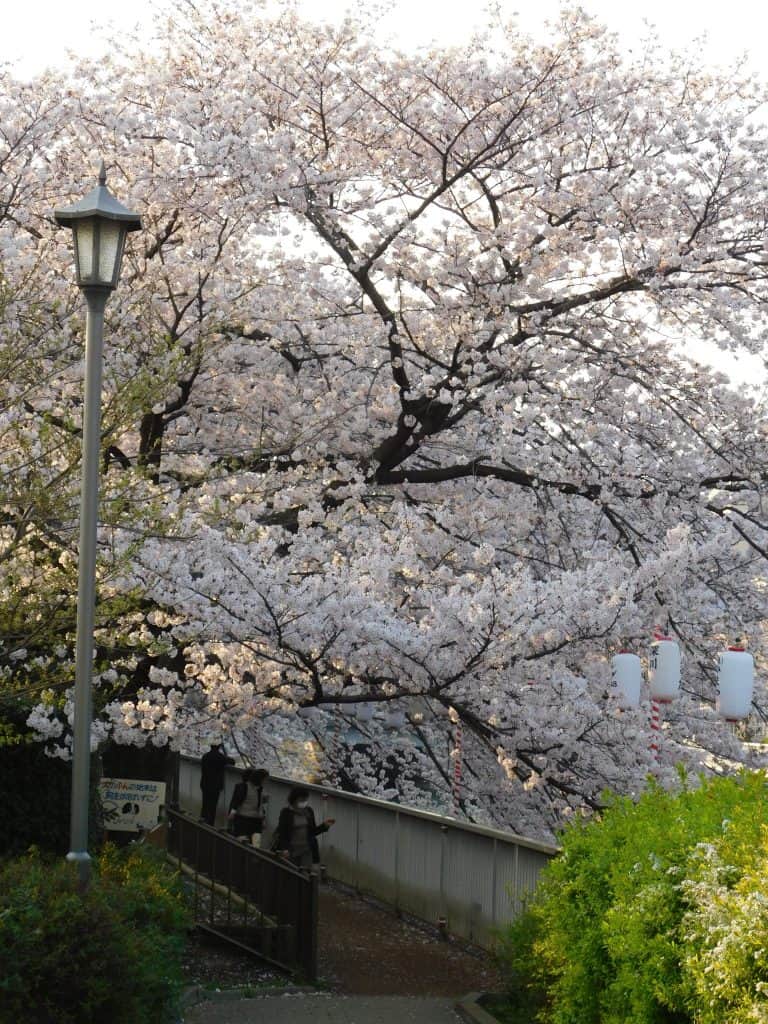
Hanami Etiquette and Rules
To enjoy hanami respectfully and without issues, follow these etiquette guidelines:
Don’t Step on or Damage Cherry Tree Roots
Cherry tree roots grow close to the surface and can be easily damaged. Avoid sitting or walking on them, as this can weaken the trees and shorten their lifespan.
Reserve Your Spot Responsibly
If you plan to have a picnic, use a mat to mark your space, but don’t take up excessive room or reserve a spot for an entire day.
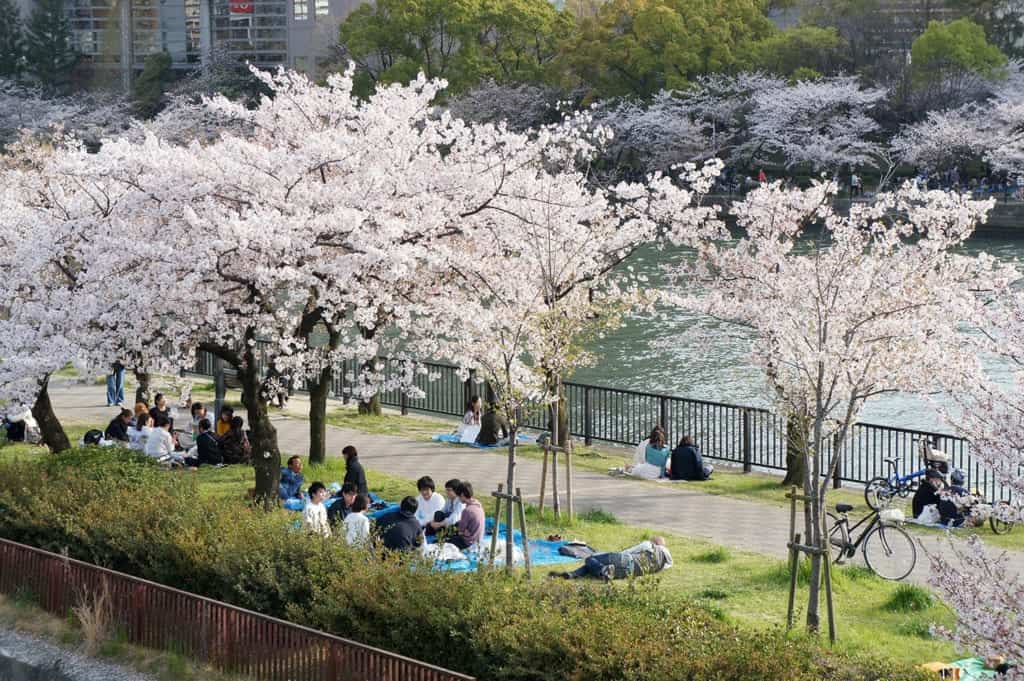
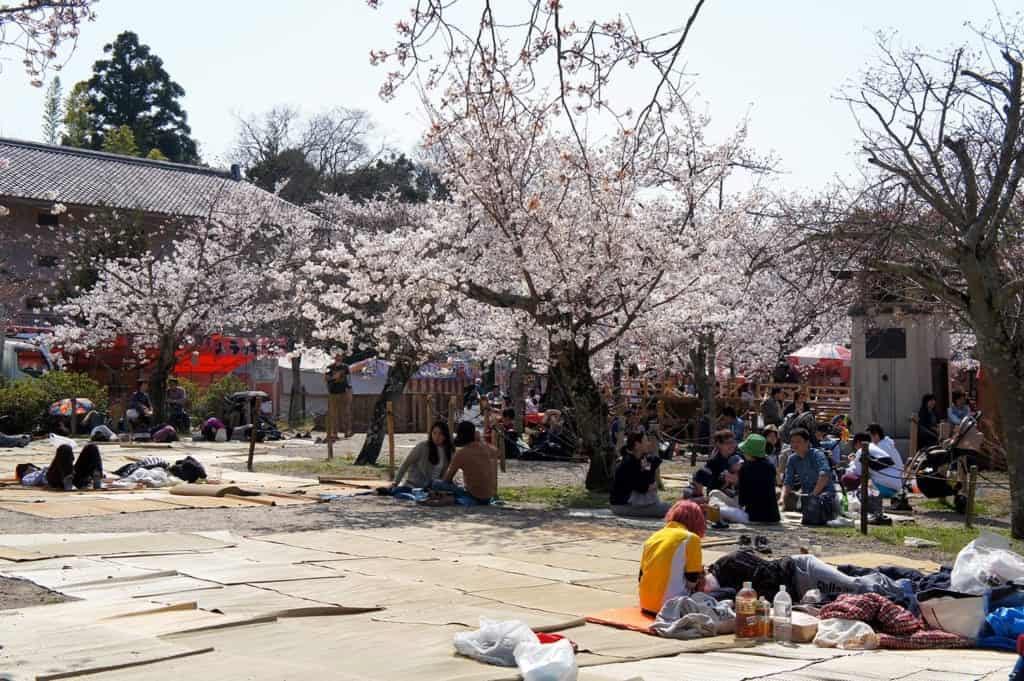
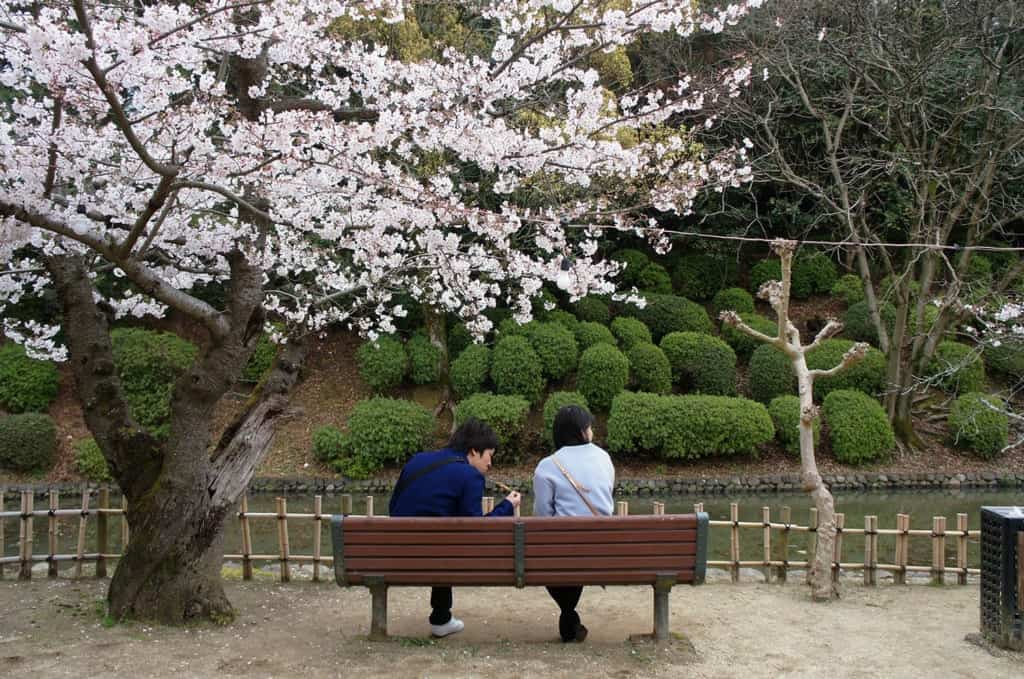
Don’t Shake the Trees or Pick Flowers
Shaking branches to create a “petal shower” is harmful to the trees and shortens the bloom period for others. Always admire the blossoms without touching them.
Take Your Trash with You
Generally speaking, there aren’t many garbage bins in Japanese parks, so bring trash bags and dispose of your waste properly. Luckily, during peak hanami season, larger parks may provide temporary trash stations.
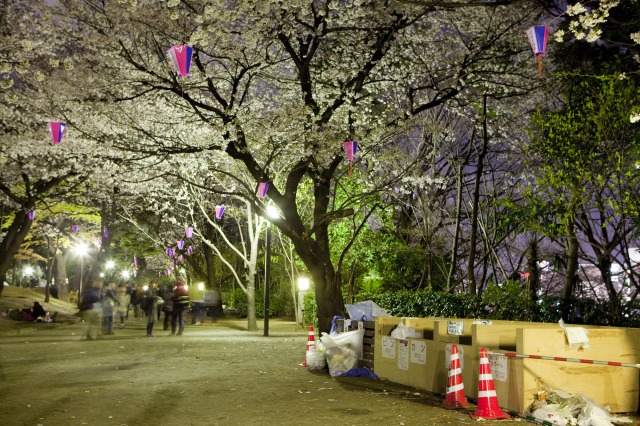
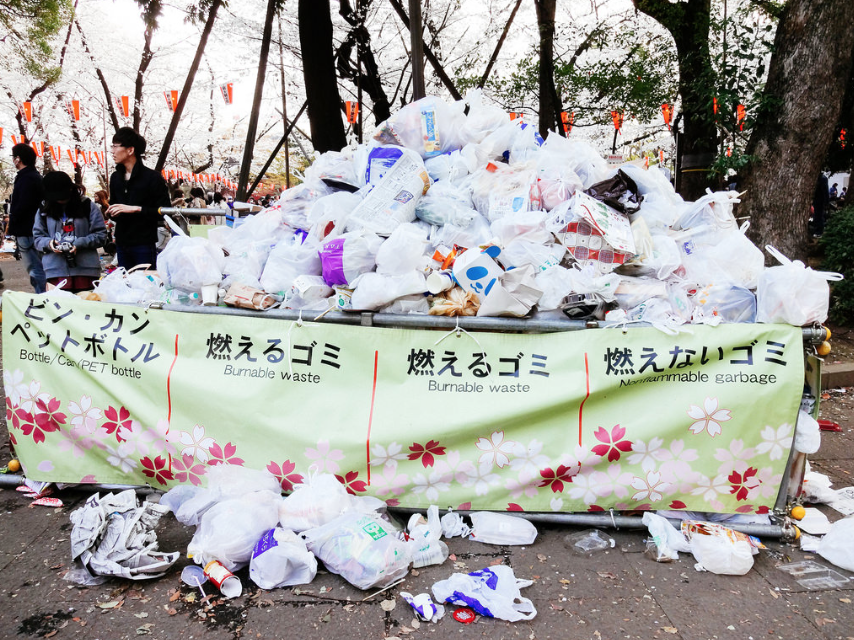
Keep Noise Levels Down
Hanami is meant to be enjoyed in harmony with nature. Avoid shouting, playing loud music, or causing disturbances, especially in the evening.
Use Public Restrooms Responsibly
Public restrooms can be limited. If you need to use any restroom in a convenience store or a café, consider purchasing something as a courtesy.
Tips for an Unforgettable Hanami Experience
To make the most of hanami, keep these tips in mind:
- Arrive early – The best spots fill up quickly.
- Bring food and drinks – Traditional hanami snacks include bento boxes and colorful dango.
- Dress in layers – Spring weather can be unpredictable; it may be warm during the day but chilly at night.
- Experience yozakura 夜桜 – Some parks illuminate the cherry blossoms at night, creating a magical atmosphere.
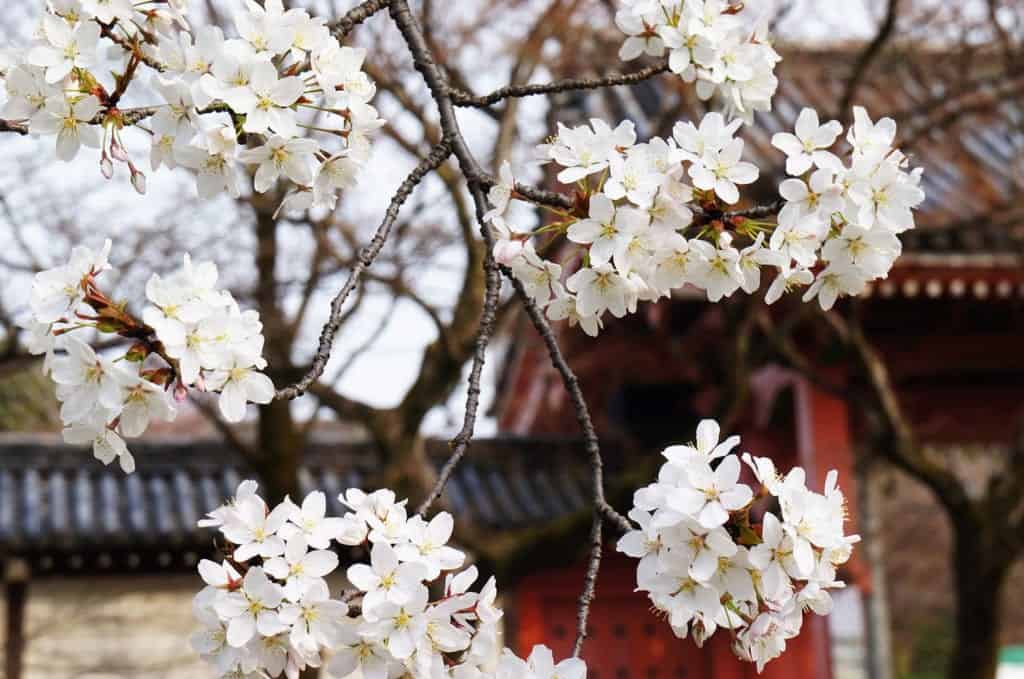
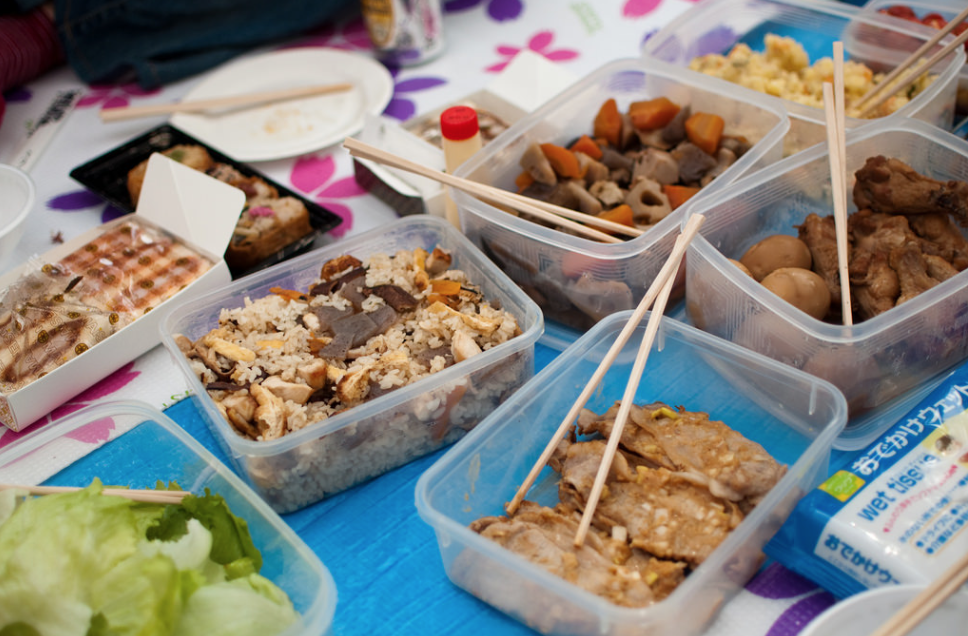
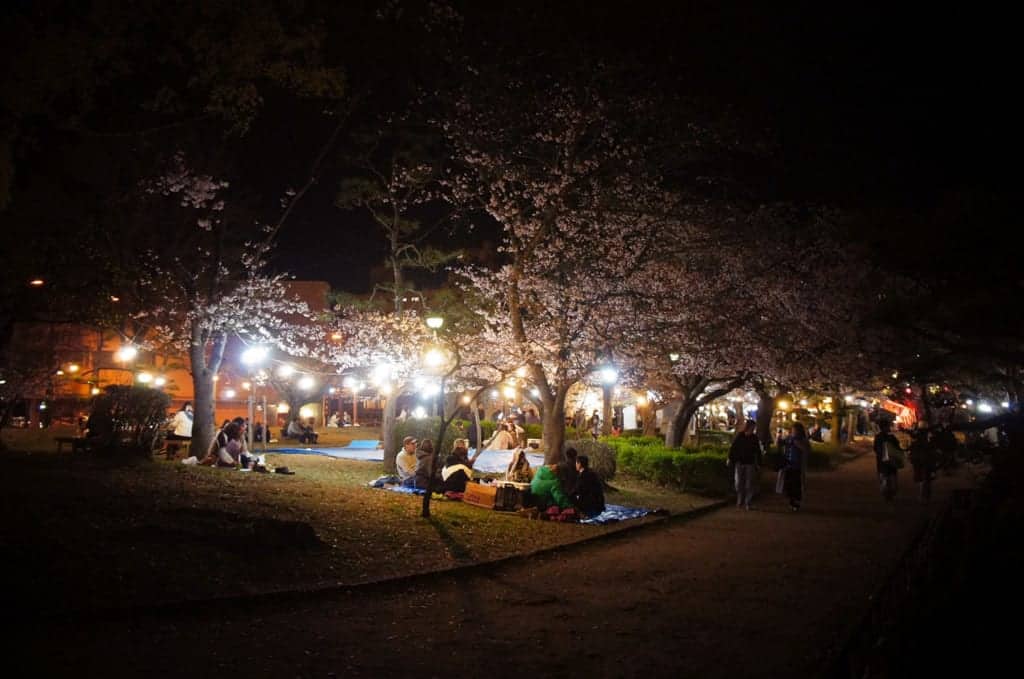
Hanami is a truly indelible experience that captures the essence of Japanese culture. By planning ahead, choosing the right location, and following etiquette, you can fully immerse yourself in this beautiful tradition.
Don’t forget your camera to capture the magic of cherry blossoms and enjoy one of Japan’s most breathtaking seasonal spectacles!
Some photos have been taken by Kelly Nagata, Jo. Hernández, Clémentine, Yvonne.
Originally written on April 2016



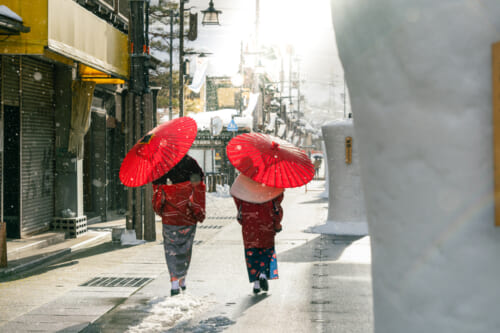


No Comments yet!